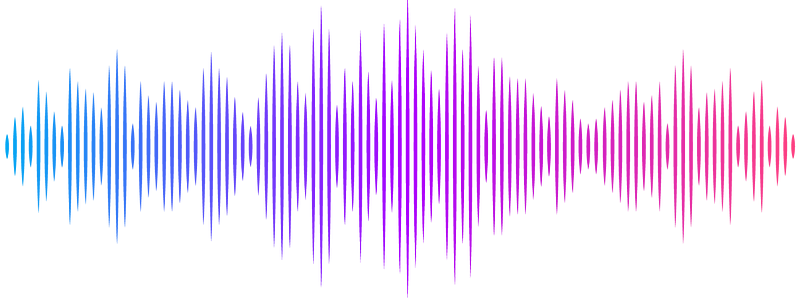Modeling of lightcurves from reconnection-powered very high energy flares from M87*

Modeling of lightcurves from reconnection-powered very high energy flares from M87*
Siddhant Solanki, Jordy Davelaar, Bart Ripperda, Alexander Philippov
AbstractThe black hole at the center of M87 is observed to flare regularly in the very high energy (VHE) band, with photon energies $\gtrsim 100$ GeV. The rapid variability, which can be as short as $2$ days in the VHE lightcurve constrains some of the flares to originate close to the black hole. Magnetic reconnection is a promising candidate for explaining the flares, where the VHE emission comes from background soft photons that Inverse Compton (IC) scatter off of high energy electron-positron pairs in the reconnecting current sheet. In this work, we ray trace photons from a current sheet near the black hole event horizon during a flux eruption in a magnetically arrested state in a general relativistic magnetohydrodynamics simulation. We incorporate beaming of the Compton up-scattered photons, based on results from radiative kinetic simulations of relativistic reconnection. We then construct VHE lightcurves that account for the dynamics of the current sheet and lensing from general-relativistic effects. We find that most of the flux originates in the inner $5$ gravitational radii, and beaming is essential to explain the observed flux from the strongest VHE flares. The ray traced lightcurves show features resulting from the changing volume of the reconnecting current sheet on timescales that can be consistent with observations. Furthermore, we find that the amount of beaming depends strongly on two effects: the current sheet inclination with respect to the observer and the anisotropy in the direction of motion of the accelerated particles.